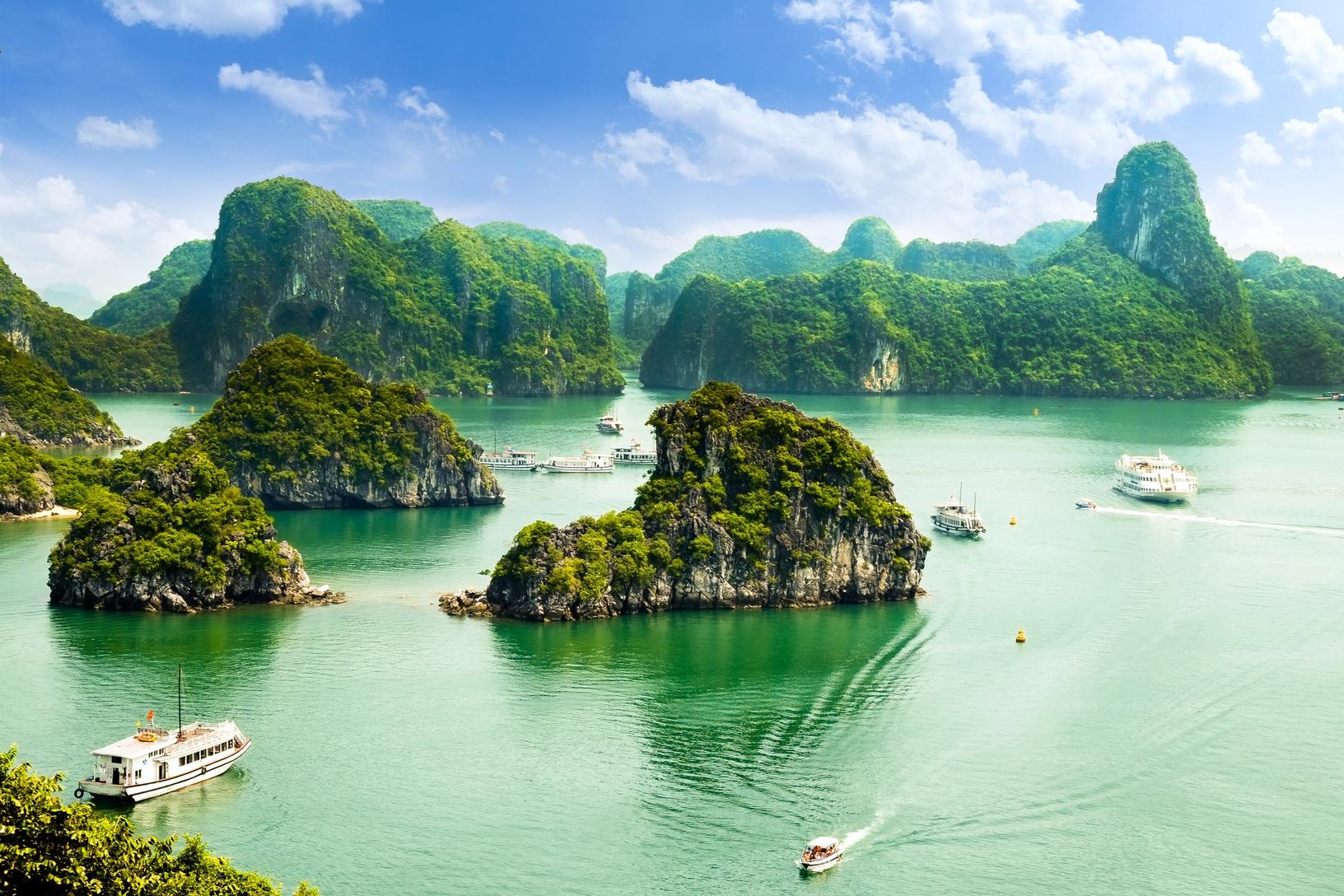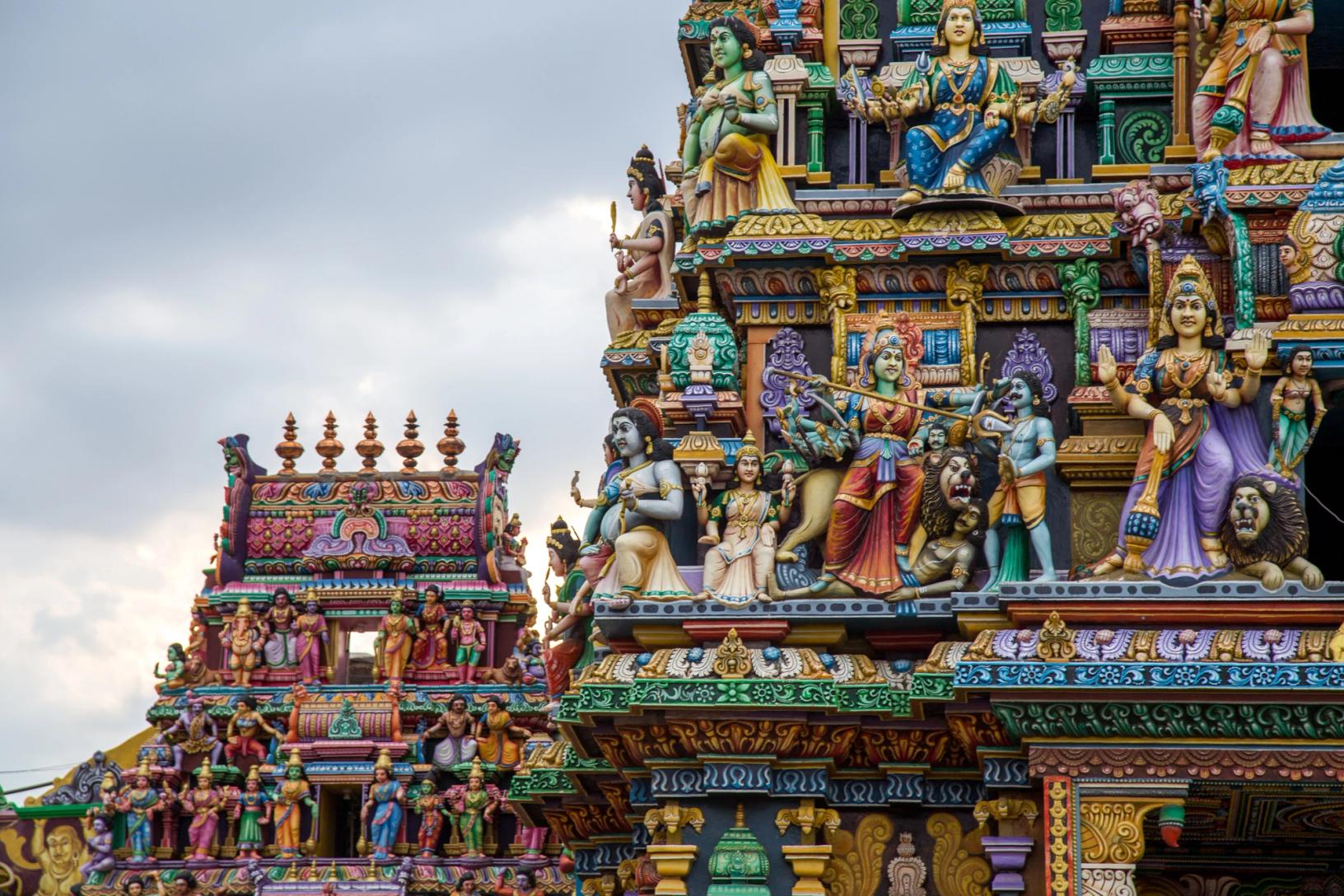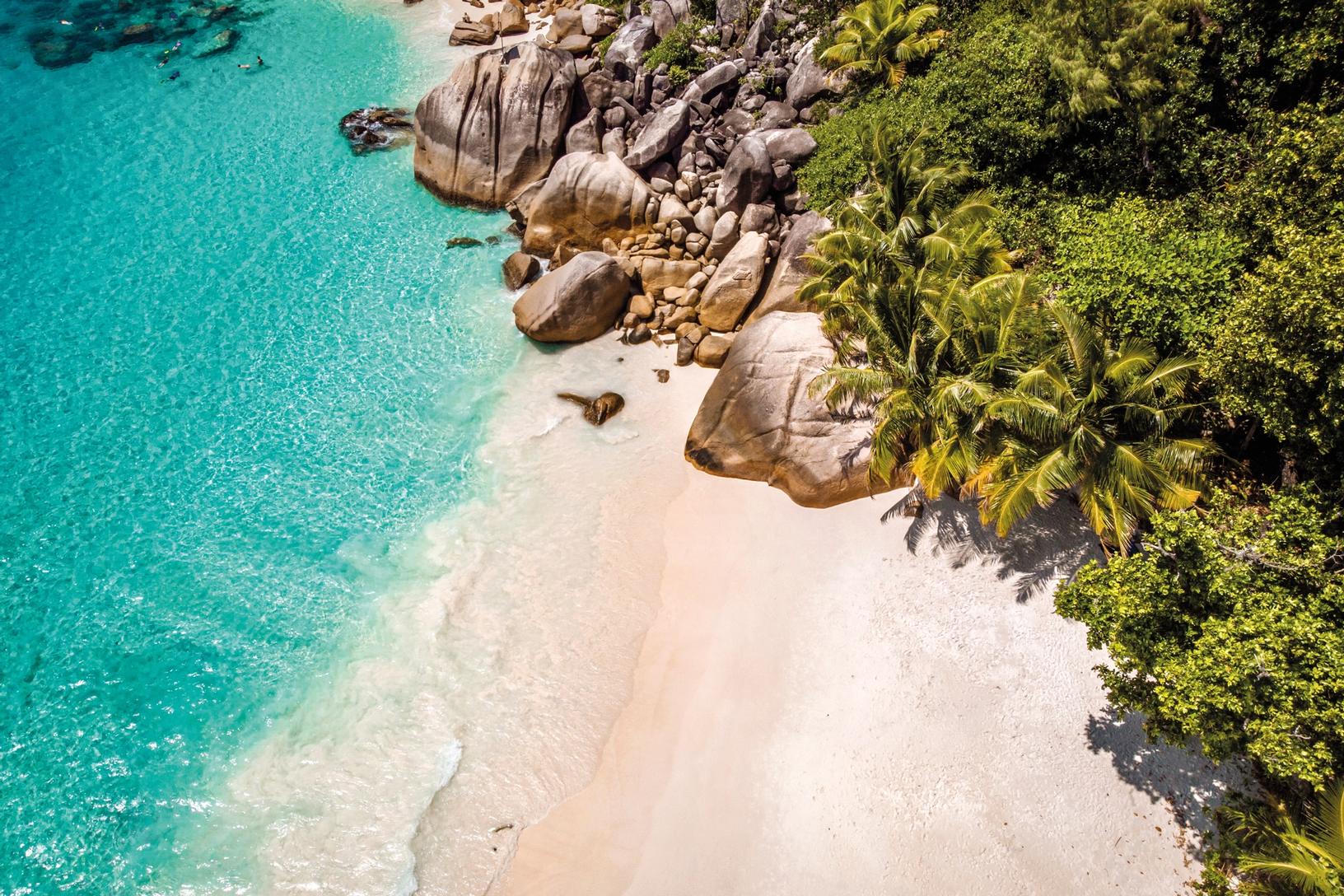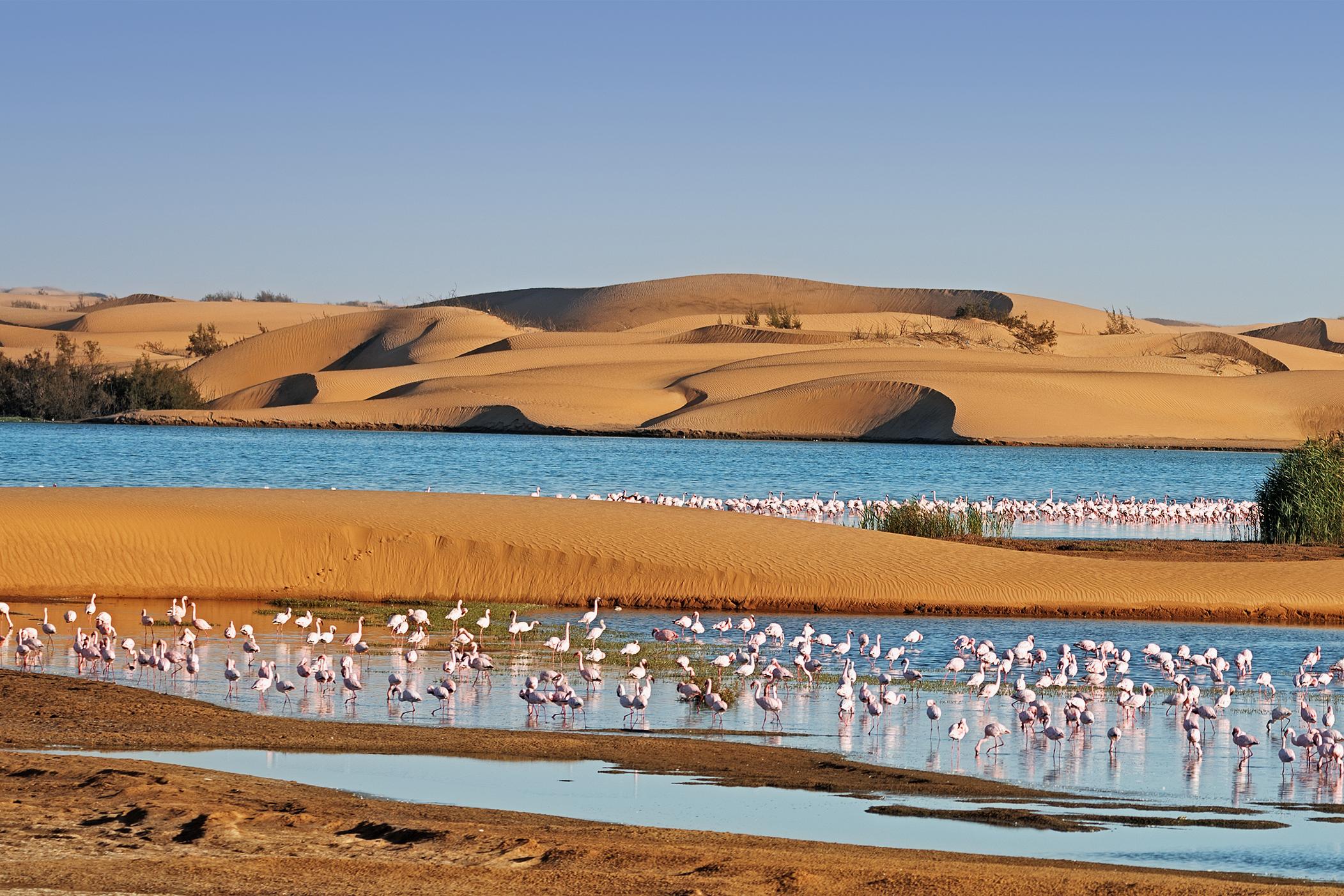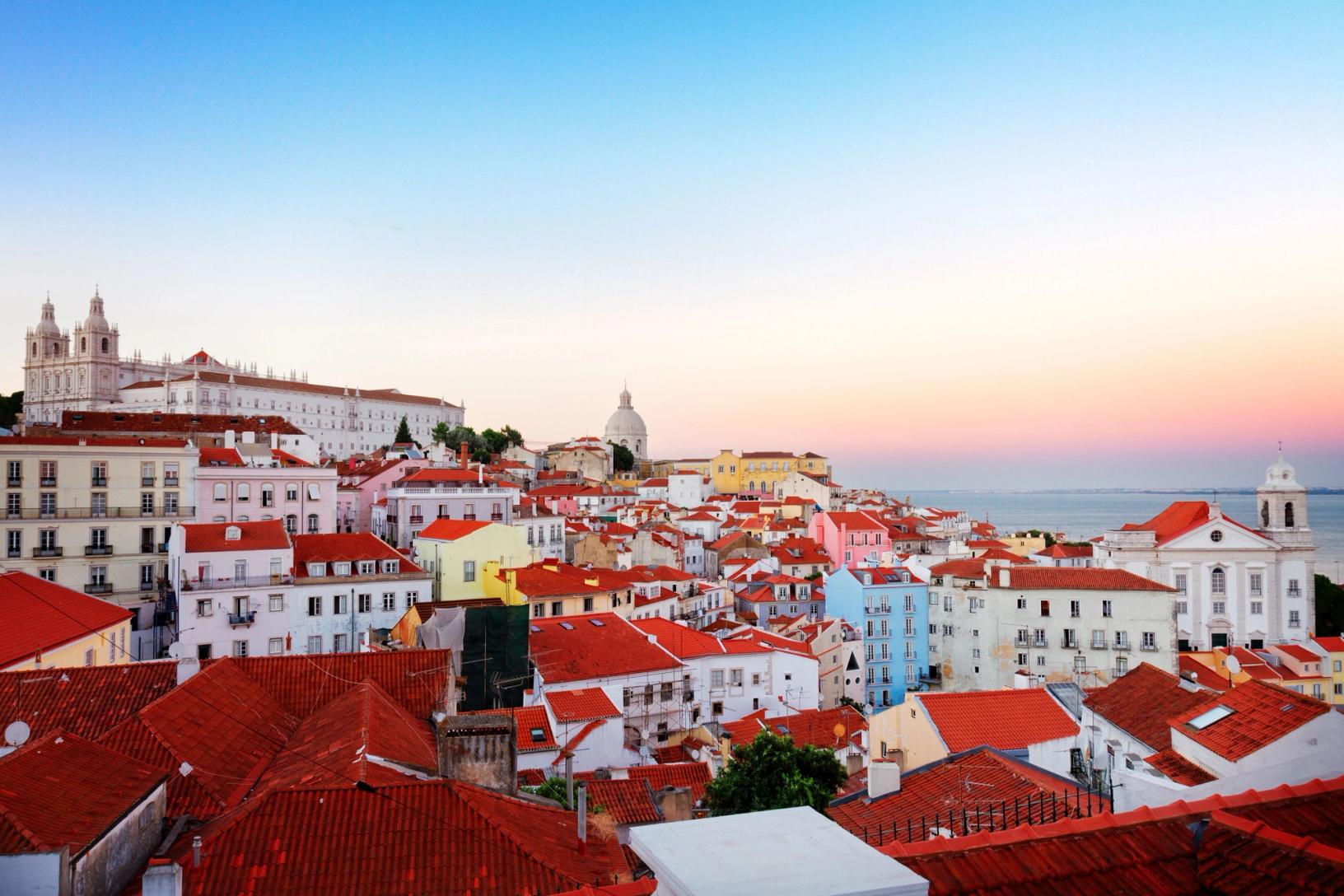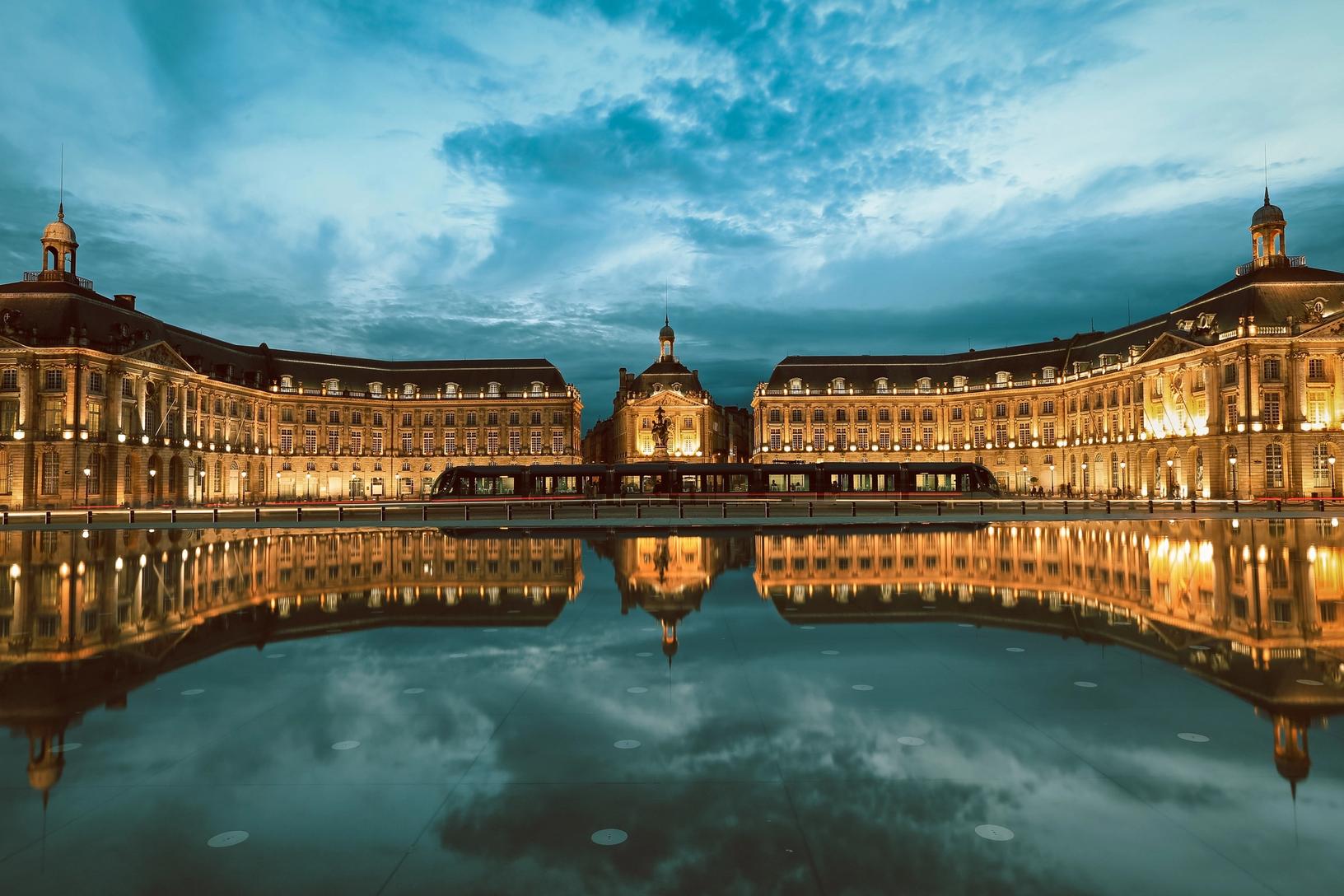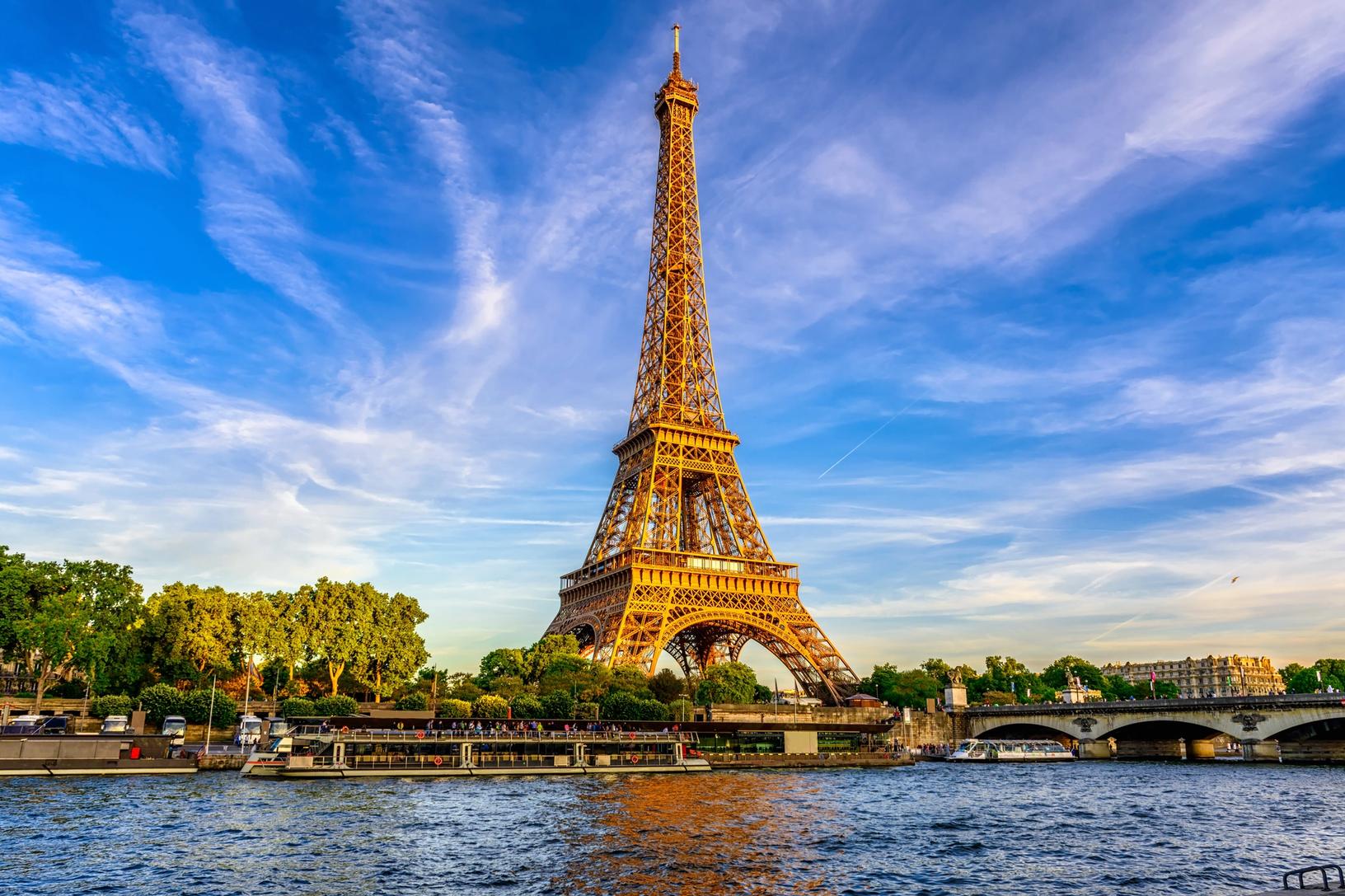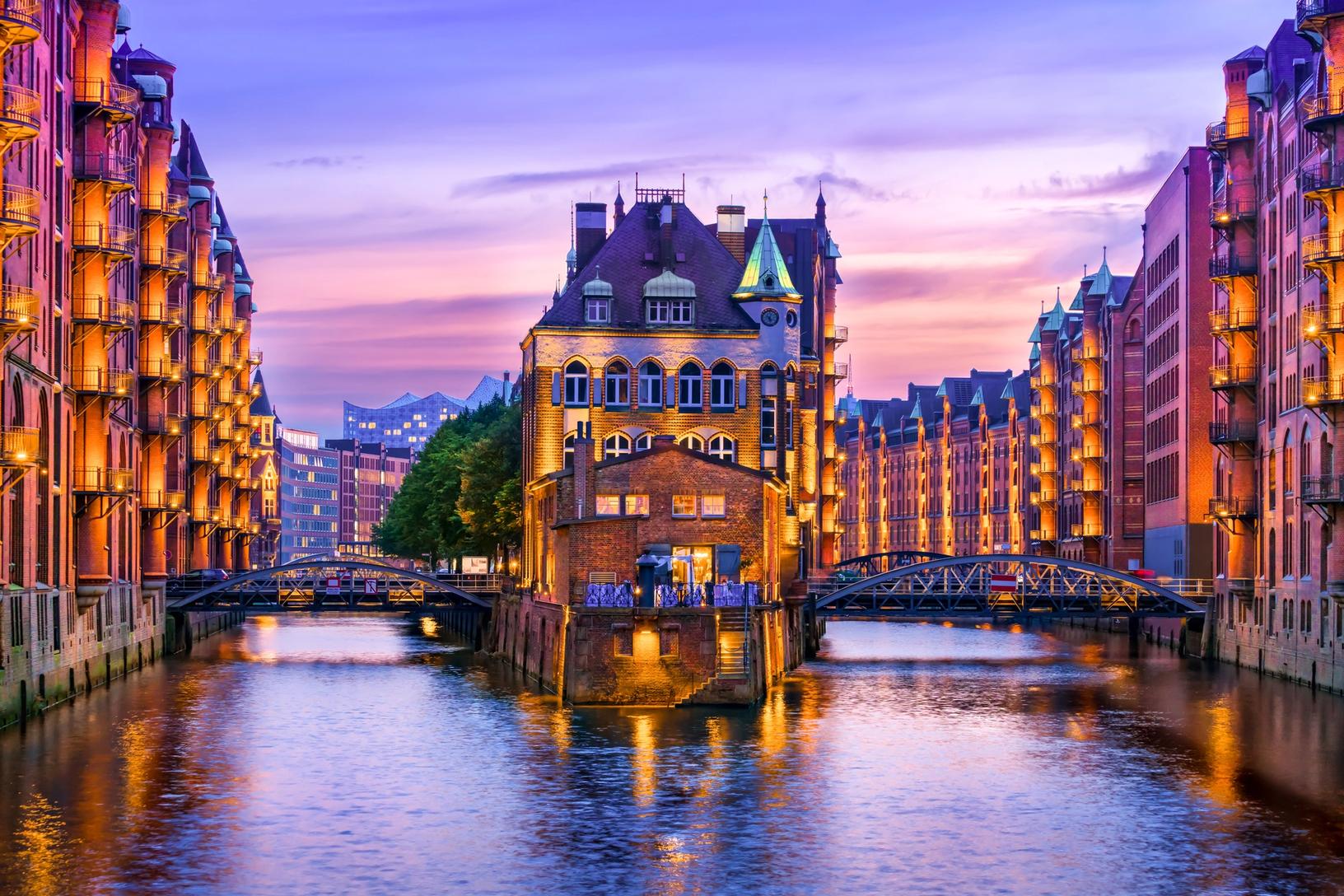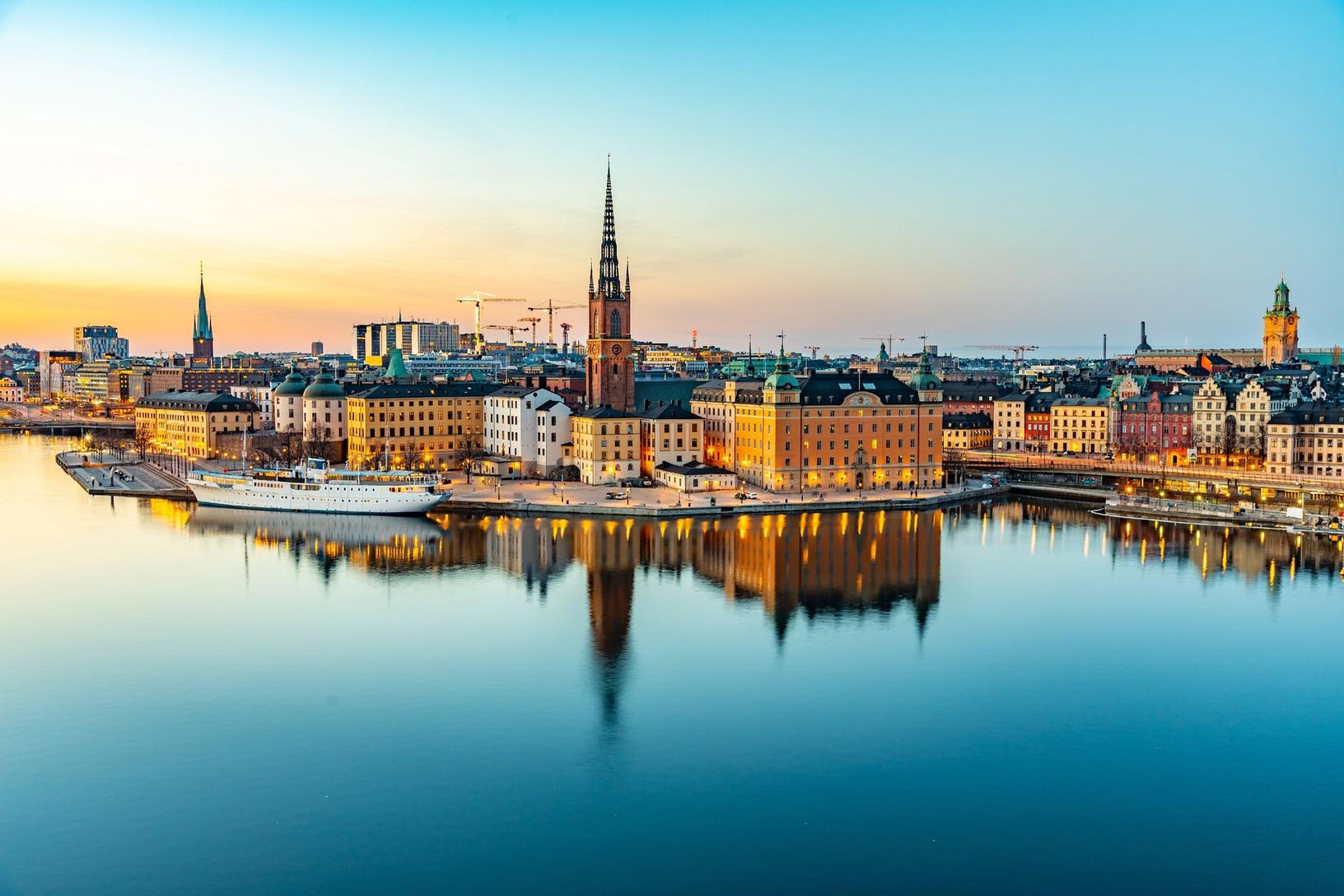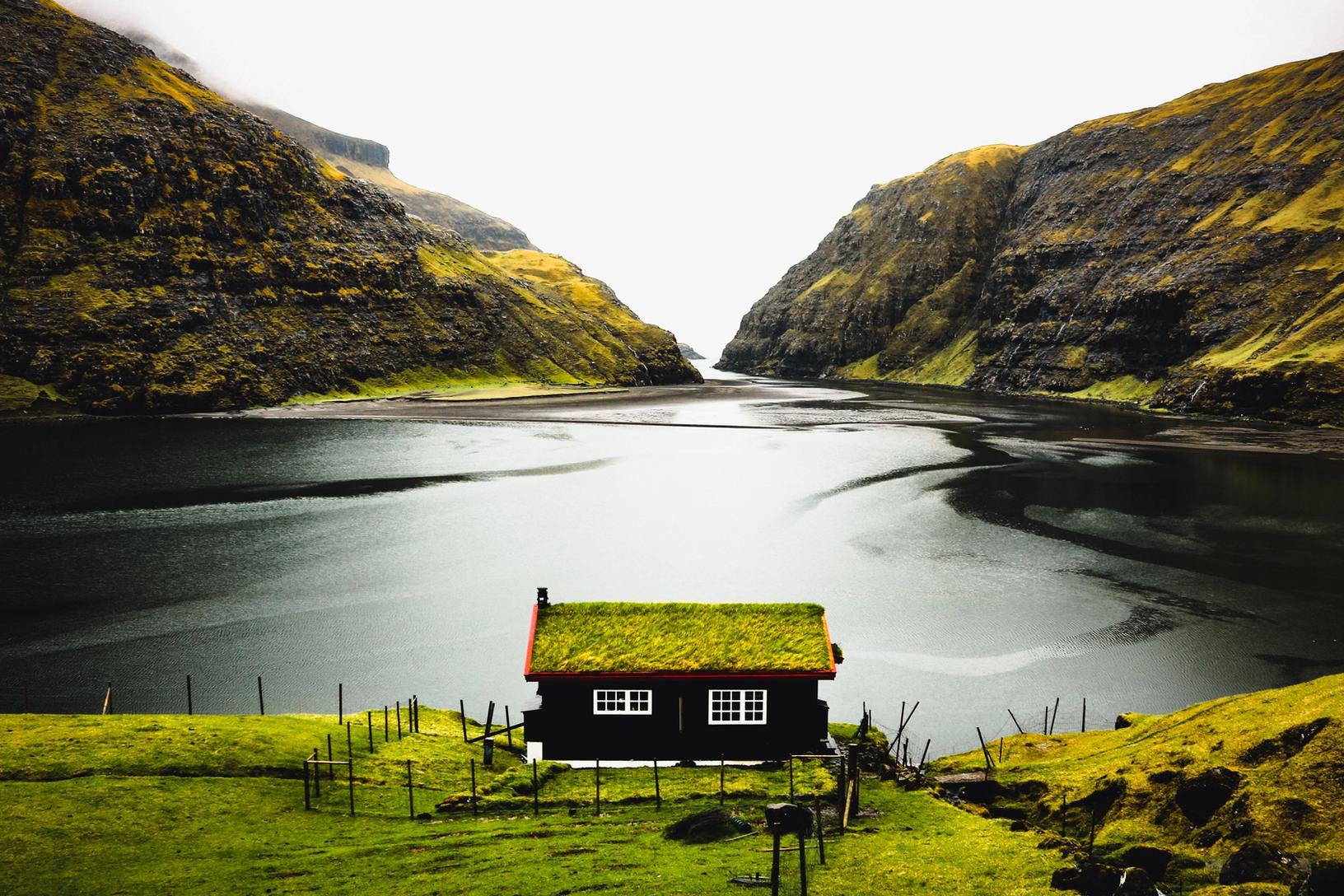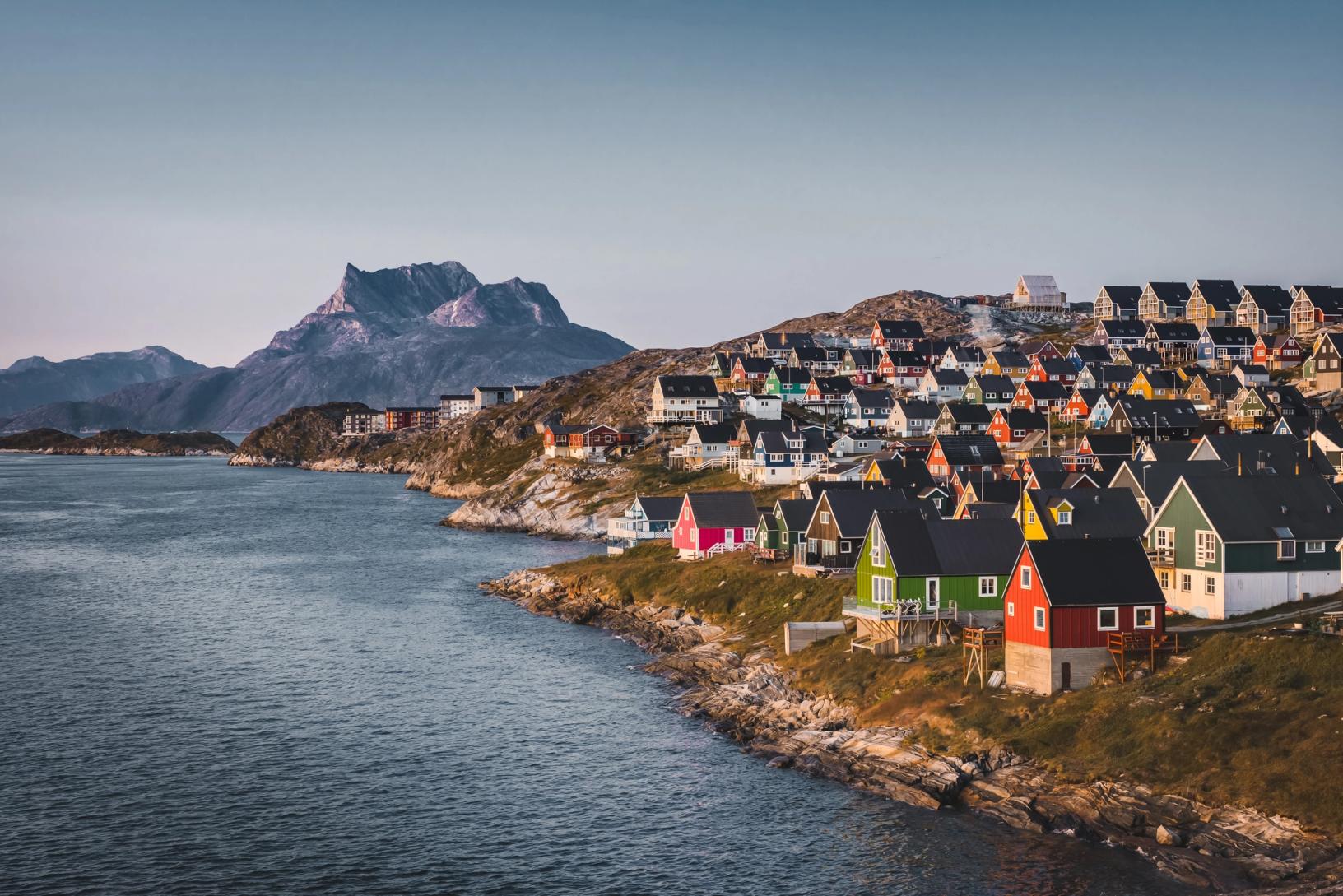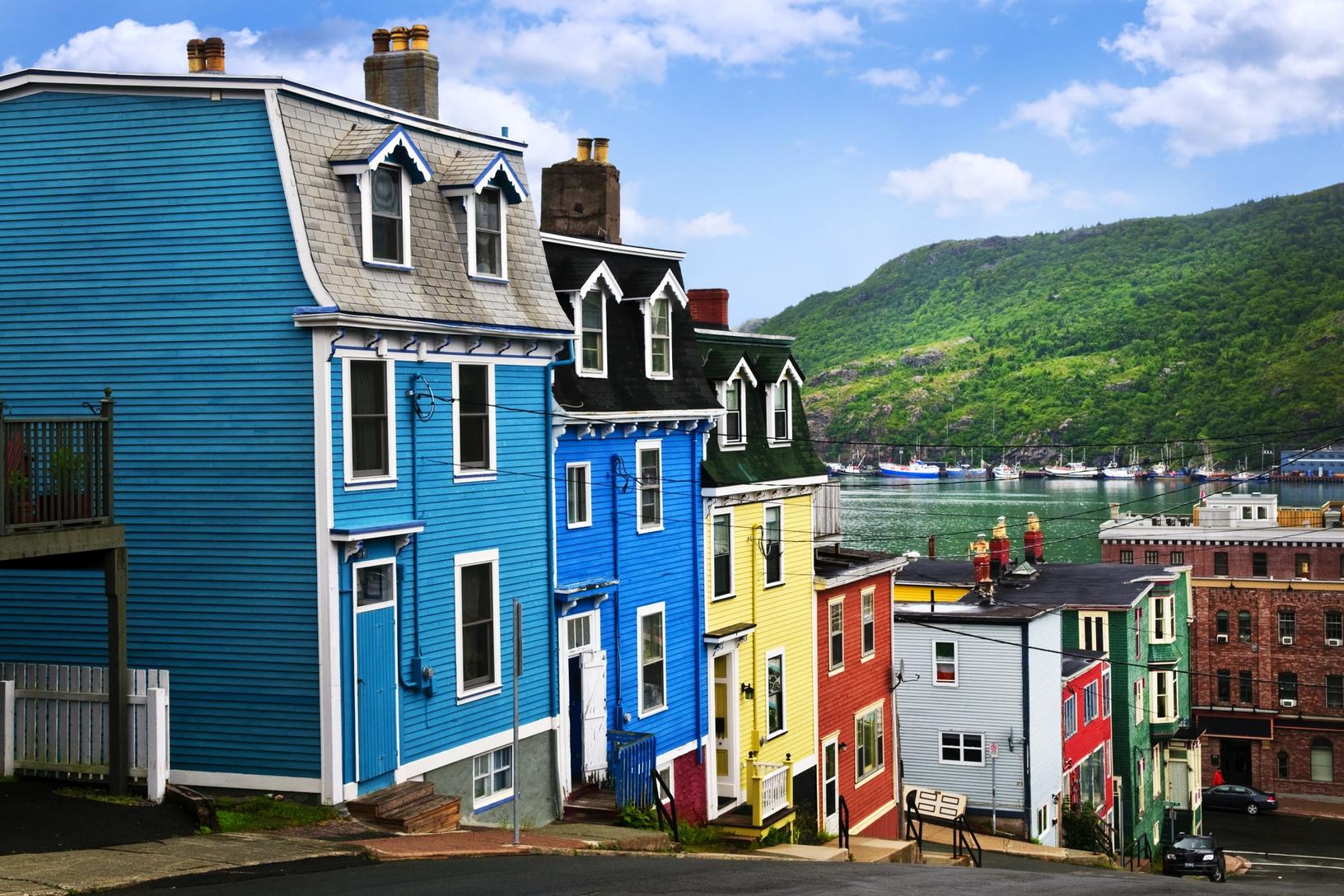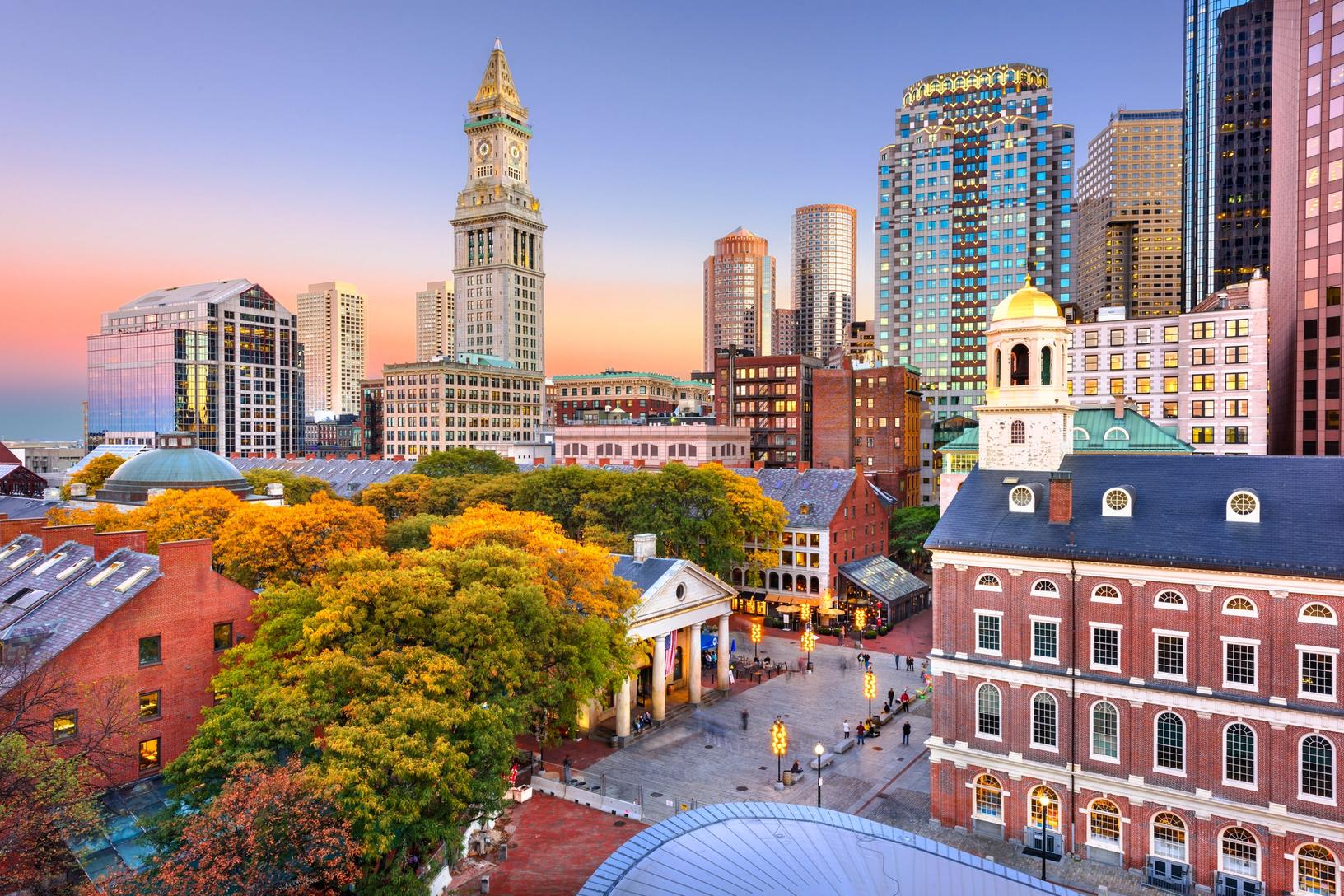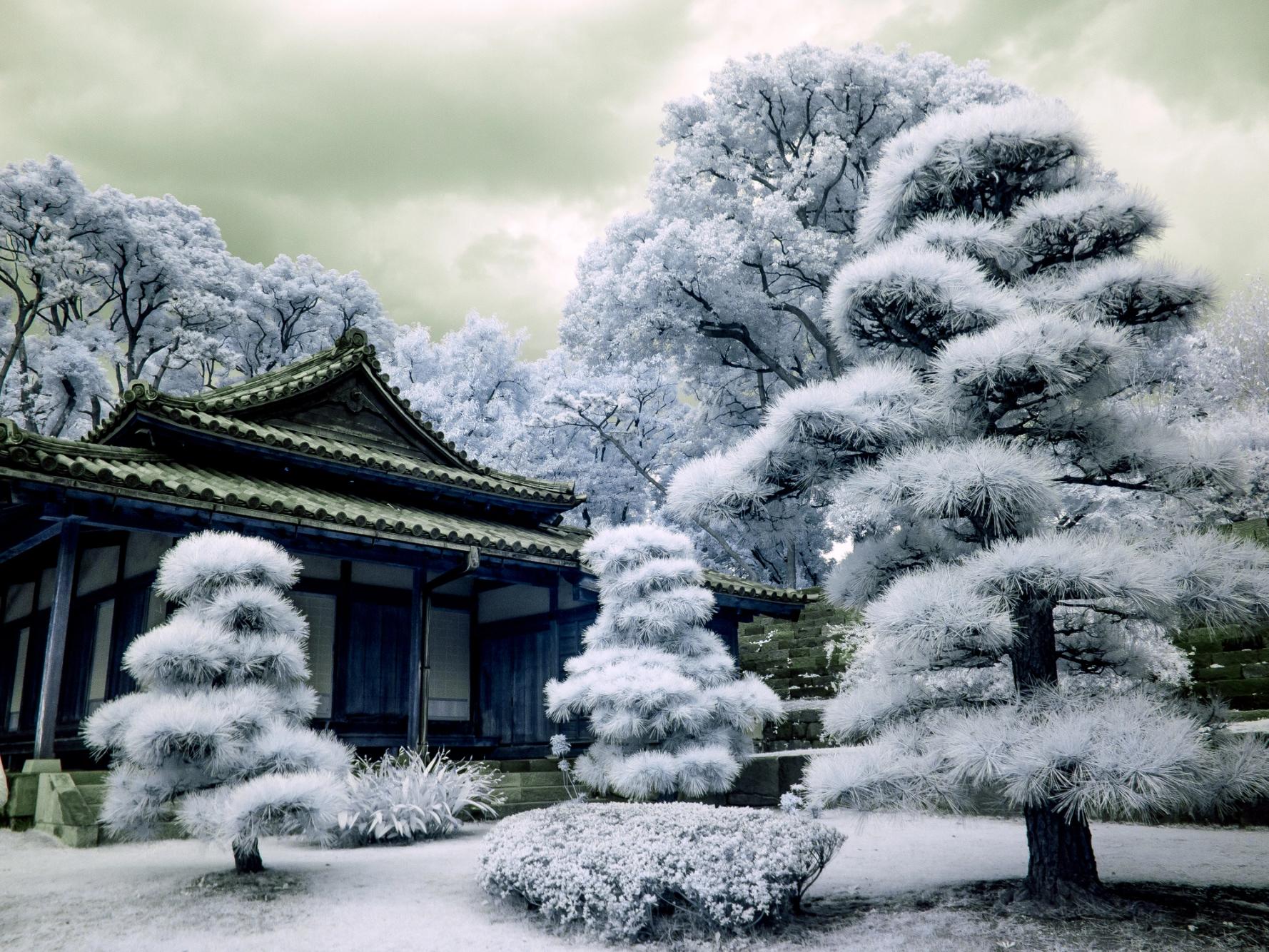
Monday, March 31, 2025 – Photo of the Day – Arrecife, Canary Islands

Where in the World Are We?
We are in Arrecife, Canary Islands, off the coast of north Africa.


ARRECIFE, CANARY ISLANDS
Sun-kissed appeal of the Canary Islands
Nestled on the east coast of Lanzarote, Arrecife takes its name from the rocky reefs and outcrops that dominate its coastline. This pretty working city has a friendly, authentic feel, and has remained true to its roots as a historic fishing village. There’s a lot to explore, and whether you want to lie back on long swathes of opulent golden sand or strap on hiking boots to crunch across Lanzarote’s scorched volcanic scenery, this versatile capital has so much to offer. With castles, caves, sleepy beaches, and a glittering saltwater lagoon, Arrecife is the perfect place to get acquainted with the sun-kissed appeal of the Canary Islands.
Lanzarote’s charcoal desert vistas radiate a remarkable luna-like quality, but dotted cacti, waving palms, and bursts of vibrant wildflowers add an accent of colour to the canvas. Arrecife itself boasts apricot-coloured beaches and labyrinthine lanes of white-wash buildings within its Old Quarter, where you can smell fresh fish grilling, and see locals dipping delicious local salty potatoes – papas arrugadas – into colourful sauces. An evening stroll along El Charco de San Gines is a must for watching fishing boats bobbing gently on the lagoon and spectacular sunsets burning across the sky.
Standing tall for more than four centuries, Castillo De San Gabriel is located on the tiny island of Islote de los Ingleses and was once a target for pirates, who would appear menacingly on the Atlantic’s horizon. The stalwart 16th-century fortress now serves as the History Museum of Arrecife, and exhibitions inside explore the evolution of the city and the ancient culture of Lanzarote. Meanwhile, the International Museum of Contemporary Art displays modern and abstract works within the refined setting of 18th-century San José Castle. See works from Cesar Manrique – the prominent artist and architect whose slick sixties style flair can be admired across the island.
SIGHTS
• Mirador Del Río Viewpoint
• Cueva de Los Verdes
• Jameos del Agua
• Large Caverns
• Timanfaya National Park
• Charco de Los Clicos
• Playa del Golfo
• Salinas del Janubio
• El Charco de San Ginés
• Castillo de San Gabriel
• Aquarium at Costa Teguise
SHOPPING AND CUISINE
Arrecife, the capital of Lanzarote, is the island’s central shopping hub with a modern vibe. The Mall will be open 365 days a year and features open-air shopping with some major brands present, including a 3,200-square-metre Zara store, Cortefiel, Women’s Secret, Springfield, Primor, Fund Grube, Worten, Sprinter, and more.
Located in the old part of town, Calle Real is one of Arrecife’s main shopping strips. It’s lined with shops and restaurants, making it one of the most pleasant and complete areas for strolling and shopping in Lanzarote. Mojo picón: Mojo picón is the most famous sauce in the gastronomy of the Canary Islands.
Today’s Excursion – National Park of Timanfaya & Exclusive Visit to Salinas del Janubio
We discovered the uniquely beautiful geology of Arrecife during this immersive, half-day sightseeing excursion.
Timanfaya National Park, Volcanoes, Lunar-Like Landscape
We drove to Timanfaya National Park, which is famous for its volcanoes and appears similar to Mars and the Moon. If it were not for the intense blue sky, many photos taken in Lanzarote could be mistaken for lunar-like landscapes during a stop at the Visitors Center of Timanfaya National Park. During the bus tour, we learned about our surroundings and marveled at the spectacular panoramic views of the unusual landscape.
























Arrecife, Salinas del Janubio, Private Tour and Tasting
At Salinas del Janubio, we took a guided tour and visited a viewpoint from which we saw locals working on the salt pans and the Bodega, where they keep the salt. Following our tour, proceed to taste their salt flower, a form of pure salt collected according to very traditional techniques of marine origin. This salt is collected manually and does not go through any industrial process. It is stored in containers for a year, allowing the sun and wind to dry it into a pure product, without additives or transformation, and with very limited production.












Dinner was in the Atlantide Restaurant
